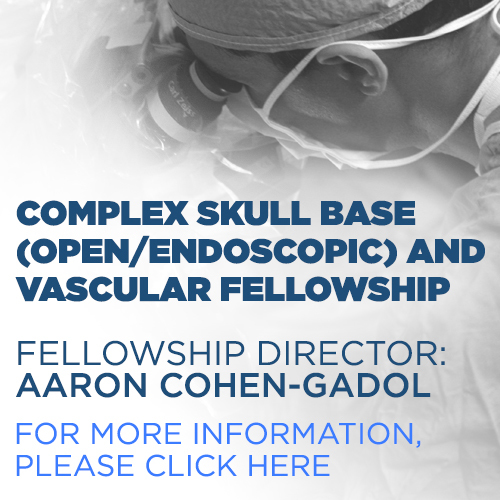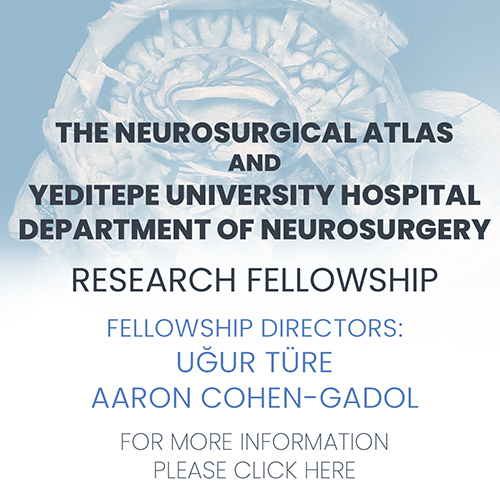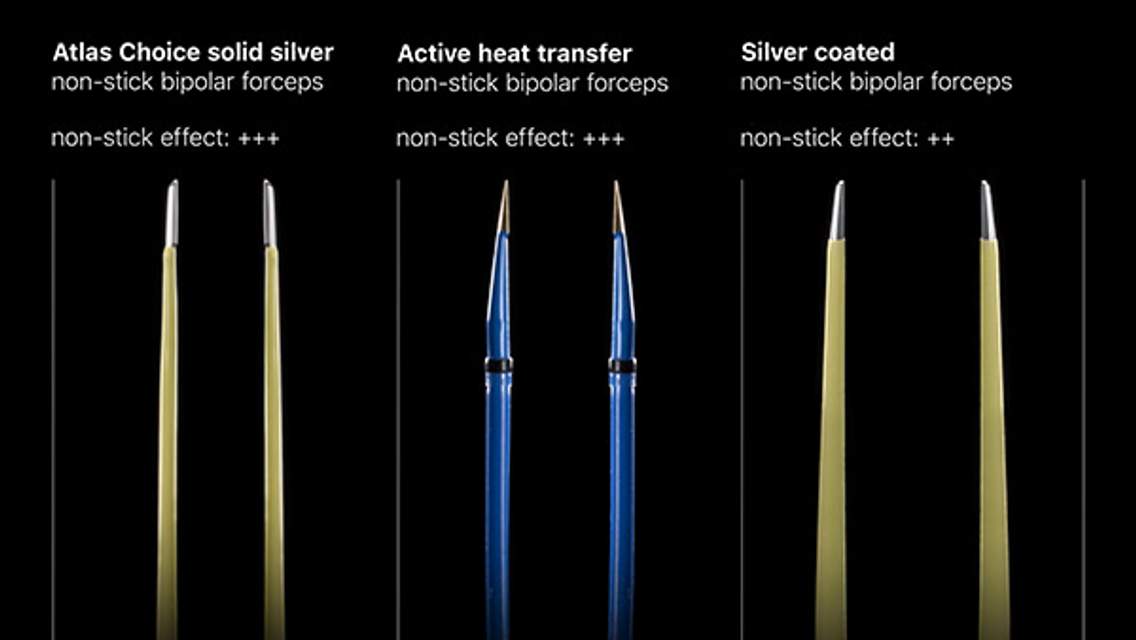Motor and Sensory Syndromes Free
| Deep Tendon Reflexes |
|
| Distribution of Weakness |
|
| Resistance to Passive Motion |
|
| Pathologic Reflexes |
|
| Additional Symptoms |
|
| Neoplastic |
|
| Vascular |
|
| Infectious |
|
| Metabolic |
|
| Inflammatory |
|
| Neoplastic |
|
| Vascular |
|
| Infectious |
|
| Inflammatory |
|
| Miscellaneous |
|
| Vascular |
|
| Miscellaneous |
|
| Neoplastic |
|
| Vascular |
|
| Infectious |
|
| Endocrine |
|
| Metabolic |
|
| Toxic |
|
| Inflammatory |
|
| Miscellaneous |
|
| Neoplastic |
|
| Vascular |
|
| Infectious |
|
| Endocrine |
|
| Congenital |
|
| Metabolic |
|
| Toxic |
|
| Inflammatory |
|
| Miscellaneous |
|
Please login to post a comment.













